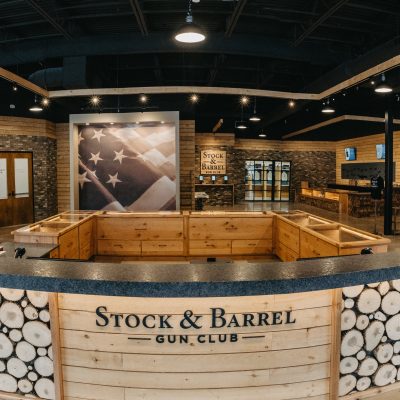How To Choose The Right Home-Defense Handgun
For many shooters, a handgun is the platform of choice for home defense. And it just makes sense in a lot of ways. For starters, handguns are small, which makes them easy to store safely—yet quickly accessible—in compact nightstand safes. Their compact size also makes them easy to maneuver around corners and in stairways, which are mandatory attributes of a home defense gun.
On top of all that, many people feel that their concealed carry handgun makes the best handgun for home defense because it fits them well and they’re comfortable with it. Those two attributes might seem simple, but they’re of paramount importance: the best handgun for home defense is one that works well for you.
Here are some additional considerations for choosing the best handgun for home defense.
Going Bigger
Now is the golden age of the semi-auto, polymer-framed pistol, meaning that there are more options at nearly every price point than there ever has been before. And to match that trend, ammo manufacturers have kept pace, which translates to gun/ammo combinations nearly custom suited for any task.
While keeping a concealed carry pistol bedside is a suitable choice, the best handgun for home defense can be larger … simply because it doesn’t need to be concealed under clothing or in a purse, or worn comfortably in a holster close to the body. This also opens the door for a larger magazine that holds more ammunition, and attached accessories such as a flashlight. Many handguns have accessory rails built right into the frame of the gun.
Larger defensive handguns are also easier to shoot more accurately because of a longer sight radius (the distance between the front and rear sights), and the larger grips are easier to control consistently for many shooters, which also leads to improved accuracy.
Caliber Considerations
Today’s common home defense calibers are many. And although some are very similar ballistically and in regard to felt recoil, there are advantages—and disadvantages—that make each viable in the best gun for home defense.
-
.22 LR: The .22 LR is largely considered under-powered as a personal defense round, but the advantage here is like “buying in bulk.” Because the cartridges are small, you can fit a whole lot of them into a magazine. Plus, the recoil is extremely minimal, which allows nearly all shooters to be very accurate with a .22 LR defensive handgun. Learning to shoot a .22 LR will is better than having no gun at all when you need it.
-
.380 ACP: Although this cartridge was once considered “light in power,” the .380 ACP is the ideal cartridge for shooters who don’t like the recoil of a 9mm. And stopping power? Federal Ammunition’s Hydra-Shok Deep .380 ammo has passed the FBI’s penetration test, which is a notable standard for testing defensive ammo performance … and that’s the first .380 ACP ammo to do so, which is a huge leap for the .380 ACP.
-
9mm: In defensive ammunition, the 9mm is the confluence of stopping power, felt recoil and magazine capacity in today’s best handguns for home defense. You can find a myriad of defensive handgun options, from micro compacts to full-framed pistols, all available in 9mm. This caliber has become the “Kleenex” of concealed carry guns and guns for home defense.
-
.45 ACP: The .45 ACP shoots a bullet significantly larger than the 9mm, but the cost is greatly increased recoil and limited magazine capacity because of those bigger bullets. This is generally not a caliber for beginners, but it’s very well suited for home defense because it pairs so well with larger handguns.
Ammunition
When you’re searching for the best handgun for home defense, over-penetration must also be considered when selecting ammo. In home defense, over-penetration refers to the event where a bullet misses or passes through it’s intended target and passes through walls. You’re responsible for every bullet that leaves your gun, and that includes what’s on the other side of the wall.
As a general rule, hollow points are a popular choice because they dump their energy quickly, which maximizes the stopping power of any caliber. That also means that they slow down very quickly after impact, minimizing over-penetration.
The Manual Safety
Without question, the shooter’s mind is the best safety. That said, personal preference in regard to mechanical safeties should be a key consideration when making your nomination for the best gun for home defense.
-
Trigger safety: Here, a thin blade on the trigger must first be pressed before the trigger can be fully depressed, causing the gun to fire. This type of safety is often considered akin to having no mechanical safety at all.
-
Grip safety: The grip safety is very common among concealed carry and home defense handguns, and it requires the shooter’s hand to be actively engaging the grip of the handgun in order for the trigger to fire the gun.
-
Thumb safety: The thumb safety is located near the thumb location of the shooters dominant hand, high on the grip near where the slide meets the gun’s frame. A thumb safety is often used in tandem with a grip safety and offers a very visual and audible “click” when disengaged.
Safeties should be a direct reflection of a shooter’s skill level and personal preference. A thumb safety combined with a grip safety give some shooters additional comfort, but disengaging multiple safeties takes longer than having no safety at all. Training is the best solution for finding comfort with the home defense handgun of your choosing.
Accessories
Gun-mounted flashlights are the single-most common accessory of home defense handguns. A close second is a laser in conjunction with a handheld flashlight. Remember: Statistics have proven that the majority of home invasions happen in the dark, and you have to clearly identify your target to shoot … and that means you need light.
Train, Train Again
The best handgun for home defense all depends on you and your personal preferences. If you shoot a $200 polymer pistol better than you shoot a $2,000 1911, then the decision should be a very easy one.
Equally as important is training your mind and your shooting abilities to adapt to a potential home defense situation. You know your home like the back of your hand, but it’s likely going to be dark. Your family might be inside. Your mind will be racing and you’ll be heavily stressed.
How do you prepare for all that? Education.
-
New Shooter / Basic Handgun Course
A 1.5-hour course on handgun safety, important factors in selecting a handgun, proper grip, sight picture and trigger control. Find the next upcoming course at Eagan or Chanhassen.
-
Surviving a Home Invasion Course
A 2-hour course on setting up your residence to defend itself, contingency planning, training family or other residents, and firearm selection. Find the next upcoming course at Eagan or Chanhassen.
You May Also Be Interested In Reading…





